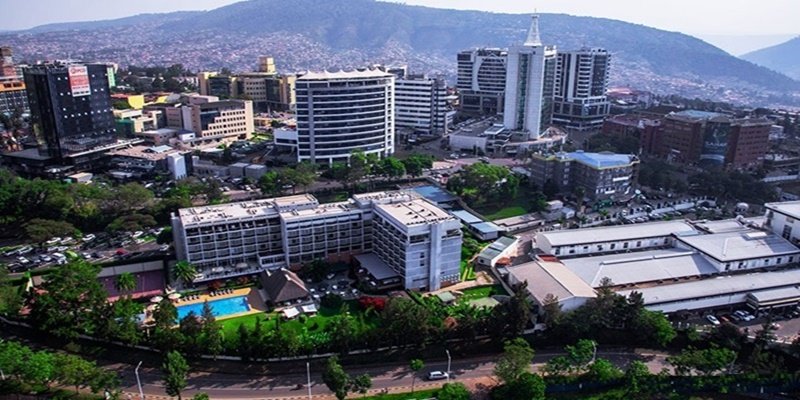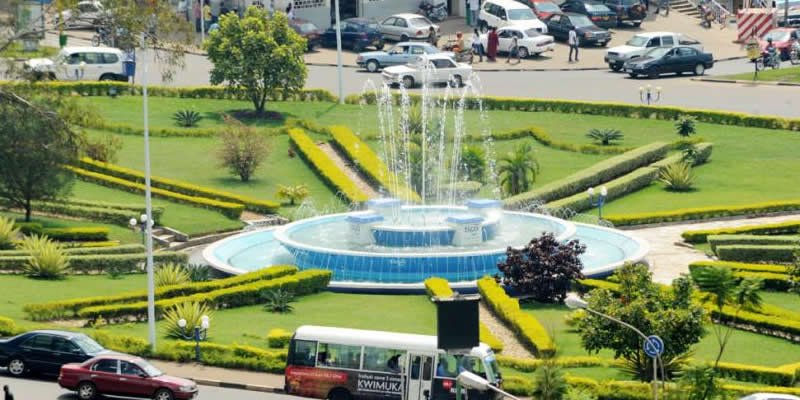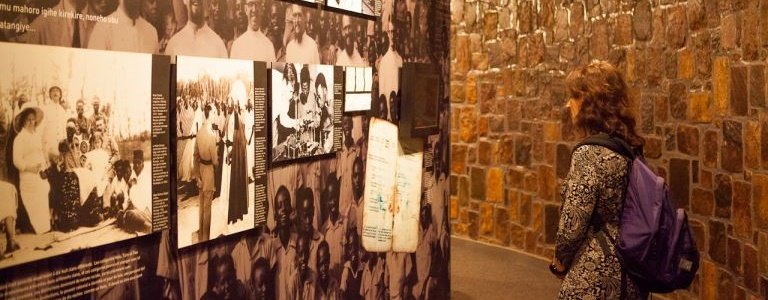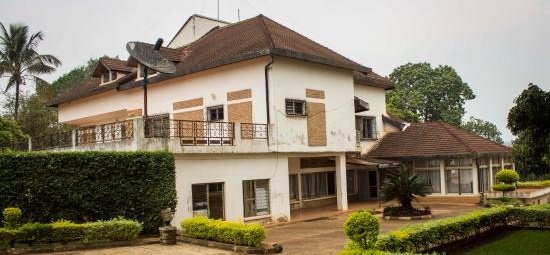
Peacefully nestled along picturesque hilltops, Kigali is a thriving African city immediately notable for its cleanliness, orderliness, and hospitality. Kigali is a great place to begin or end any Rwanda journey as it’s conveniently located in the geographic center of the country

The city is clean and safe, with extremely welcoming people. Travelers will enjoy exploring the great cultural activities – including several award-winning museums, burgeoning music scene, and some of East Africa’s most memorable dining experiences.
Things To Do

The Kigali Genocide Memorial
The Kigali Genocide Memorial is the final resting place for more than 250,000 victims of the Genocide against the Tutsi in Rwanda. It honours the memory of the more than one million Rwandans killed in 1994 through education and peace-building.
There is a visitor center for students and those wishing to understand the events leading up to the events of 1994. The Centre is a permanent memorial to those who fell victim to the genocide and serves as a place in which the bereaved could bury their family and friends. The Centre is managed and run by the Aegis Trust and the Kigali City Council.
Campaign against Genocide Museum
Campaign against Genocide Museum is located in the parliamentary building, in Kigali just 800 meters behind Kigali convention center roundabout, and just. 4.9km, 10minutes drive from Kigali Airport.
This campaign against Genocide museum was opened officially on 13th December, 2017 by H.E President Paul Kagame.

CAG Museum is built in parliamentary building which was once known as Conseil National de Development. The building hosted the Rwandan Patriotic Front politicians and 600 man protection force (3BN) from 28th December, 1993 as they were in the preparations for the installation of Broad based Transitional Government and national transitional Assembly and these 600man protection force the (3BN)were the ones given the first order on 7th April, 1994 by RPA Chairman of High command Major General Paul Kagame to break out from their initial positions, defend themselves and rescue victims of Genocide in their vicinity when campaign against Genocide began. CAG Museum depicts in details how the campaign against Genocide plan was executed by RPF.

The Rwanda Art Museum
The Rwanda Art Museum opened to the public on 18th May, 2018.
The launch coincided with global celebrations to mark International Museum Day, marked every May 18th.
There could not have been a better day on which to launch the Rwanda Art Museum, located in the historic building that was once home to two former Rwandan presidents; Juvenal Habyarimana who lived there until 1994, and Pasteur Bizimungu who lived in the building from 1994 until 2000.
International Museums Day serves to raise awareness of the fact that museums are important means of cultural exchange, enrichment of cultures, and development of mutual cooperation and peace. In 2003, the Institute of National Museums of Rwanda (INMR) took over the facility and developed it into one of the country’s eight museums, renaming it the Presidential Palace Museum in the process. The sprawling facility is located in Kanombe, about four kilometers from the Kigali International Airport.
According to officials from the INMR, the idea to transform the building into an art museum came from suggestions left by visitors, while other suggestions came from local visual artists. In all, there are 127 artworks produced by 51 different artists on display on the museum walls. The pieces range from sculptures, paintings, to mixed media and ceramics.The museum also possesses a kids studio, a place where children, after visiting the museum, can sit and use different materials such as paints and pencils to express their different views and talents.
Kandt House Museum (Kigali)
Kandt House Museum (Kigali). Kandt House Museum, the former Natural History Museum is located at KN 90 St, around one kilimiter from downtown. This museum is formerly well known as Natural History Museum (NHM). Its name as NHM was changed into Kandt House Museum since December, 17th 2017.
At the present moment, Kandt House Museum comprises three main parts:
· The first part presents Rwandan life in all its aspects (social, economic, and politically: monarchism) before the colonial period.
· In the second part, which is the biggest one, the museum traces experience of Rwandan people during the colonial period, more specifically under the German rule from 1884 (the time of Berlin conference), throughout colonial administration, World War I, few to mention; up to 1916, including Richard Kandt life and his deeds in Rwanda.
· Another attractive gallery is the third part where the history of Kigali; Kigali before colonial time, during colonial, and its naissance as capital city, is well presented.
Last but not least, it is the only remaining mark of the former Natural History Museum, that is; a temporary exhibition of live snakes, and a baby crocodile (measured 1 m in 2017). While visiting this external part, one can enjoy the view of spectacular surrounding scenery, most importantly, stunning view of Kigali, Shyorongi, and Jari mountains.

